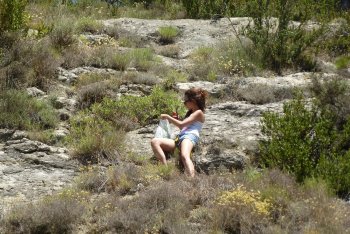Illegal trade & protected species: Salep harvesting and orchid conservation in Epirus (NW Greece)
Submitted by Kalliopi Stara on 25 February 2020“Traditional" or "wild" products such as medicinal plants, aromatic herbs and edible mushrooms (including truffles) are part of an emerging mass market that often targets rare or protected species. Orchids, although they are protected by legislation on a national and global scale, are a good example of such a product. Here, we discuss how we can manage the effect of harvesting on wild orchid populations, as our study points to an urgent need to find sustainable management solutions for such species of commercial interest. The dynamics and spatial characteristics of populations are...




